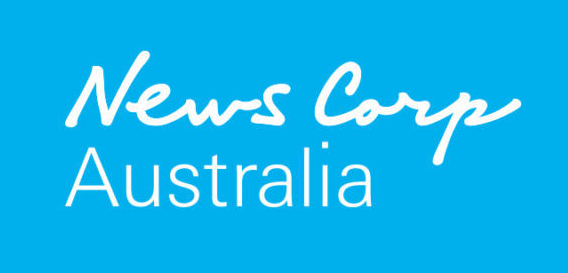News Corp reveals drastic restructure including most photographers being made redundant
News Corp Australia is to slash jobs across its editorial operations in a move which will see most photographers made redundant and a drastic reduction in sub-editing staff.

In a statement, Campbell Reid, News Corp’s director of editorial management, said: “These changes are necessary to achieve the balance of resourcing between content creation, content production and digital excellence.


I predicted the end of newspaper snappers over a decade ago.
I’m very saddened by this news, but honestly surprised it took this long to happen.
So when Fairfax do it, it’s because they’re shit. But when “we” do it, it’s because we’re modern.
Still remember rupe doing the a/b shares trick, and valuing the mastheads as $billions to coin it in the float. What price a fish and chip wrapper now.
‘Paywall’ working well as a defence guys… Not to mention a one eyed love of Ayn Rand.
Fairfax and News mastheads tear shreds off each other over their respective strategies — but the fact is that they face exactly the same challenges and are responding exactly the same way: by viciously cutting costs to stay ahead of rapidly declining revenues, slashing editorial while nonsensically spouting a continuing commitment to “quality” “independent” journalism. Without a plan to dramatically grow revenues to replace what has been lost, this is just a race to the bottom. Without a revenue plan, Both are cutting their way to oblivion.
Minnie
Obviously they’re looking for a revenue plan. Every traditional media organisation in the world is striving for the same thing.
But no-one has worked out an answer yet.
Until they do, sadly the focus is on costs to maintain survival.
If you have any ideas, the media world would love to hear them.
Cheers
Adam
Very sad AGAIN. Really feel for the photographers and journos who have been busting their guts at the coalface.
I’d like to see News cull the bloated middle management in editorial … all those people who have been promoted above their ability over the years, moved aside on the same money when they failed and given fancy titles (associate editors, special projects etc etc). The product has suffered badly by loss of numbers, experience and credibility and this will only accelerate the decline.
I read different report that News Corp sub editors are going to bite the dust. This is due to automation? And if so, you can’t stop the music! Nobody can stop the music!
It’s happening in all industries, it’s automation in a digital world.
Good journalism graduates know how to take good photos on their evolutionary iPhones.
And established journalists are soooo busy they only got just enough time to go on radio and tv and tweet all the time between writing formulaic news stories (sarcasm).
And let’s not get onto opinion piece writers. The analysts who, to quote John “Sammy” Newman can be: “desperate people who are feeling irrelevant or insecure or insignificant they have a crack.. desperately hoping that someone will notice them.”
So yes cut jobs and streamline. Or they could have also have gone Spill and Fill.
Hi Mr Auto Mation,
We too have seen headlines elsewhere that most subs will go. While we’ve been able to verify this is the case for photographers, we have not been able to verify whether or not it is also the case for sub-editors.
Cheers,
Tim – Mumbrella
Tim, sub-editors will essentially go as well. Methode does pretty much what NewsNow does for Fairfax; the reporter who created the story will face multiple pop-up menus to post the story online via websites, phone, tablets and other social media then to print. It is time consuming and the AFR eventually ditched it. I don’t even want to think about what writing SEO headlines, images, captioning, standfirsts and editing will do to a journalist’s schedule/workload.
Yep. This will be fine. No worries at all. https://www.wired.com/2013/07/replacing-photographers-with-iphone-wielding-reporters-yields-mixed-results/
When the subs are fired just watch the libels roll in!